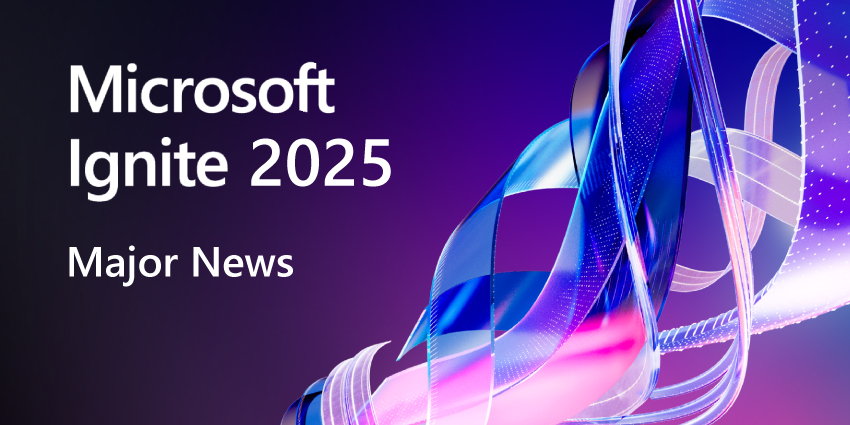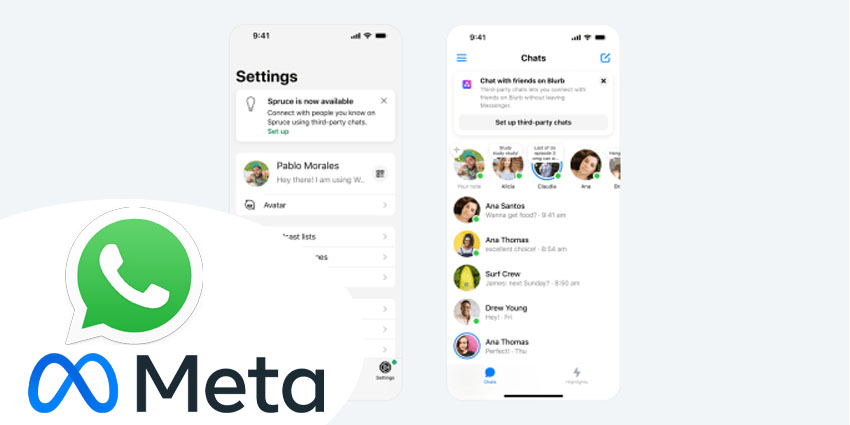In an era where AI is no longer a novelty but a significant board-level concern, organizations across every industry are asking pertinent questions. No longer is the conversation “how do we adopt AI?”, but rather “how do we control it safely, govern it comprehensively, embed it in risk and governance frameworks?” Within that context, Microsoft appears to be making a meaningful pivot at this year’s Ignite 2025.
Its product announcements and go-to-market story are now leaning harder into governance, compliance, accountability, and operational agents, rather than just focusing on features. Yet, for many CIOs, CISOs, and procurement committees, the question remains whether this is a superficial repositioning or a substantial step change.
- Microsoft Ignite 2025: New MCP Integration Links Teams Agents Across the Enterprise AI Stack
- Microsoft Ignite 2025: The Rise of AI Agents and Copilot in Security, Identity, and Data
Tech Buyer Intent Has Shifted, and Compliance Rules the Agenda
The data could not be more precise: tech buyers in UC and CX are reallocating budgets away from devices, XR, and analytics towards security, compliance, automation, and safe AI deployment.
Techtelligence, which tracks enterprise technology buying signals across millions of verified data points, recorded buyer intent data indicating that security/compliance/risk in UC increased by approximately +8.0 percent over 90-day averages for 30,627 companies. In comparison, automation & productivity in UC rose by +10.7 percent across 27,360 firms.
At the same time, CX security/privacy/compliance rose +8.6 percent (25,970 firms) and AI & automation in CX +7.4 percent (23,169 firms). Meanwhile, categories like devices/XR/analytics are declining by some 10-15 percent.
In effect, “AI-powered” is passé; “AI-accountable” is now the growth engine. Buyers are consolidating spend into technologies that can prove compliance, reduce exposure, and automate safely. That shift in the market underpins why businesses are paying closer attention to governance narratives than ever.
Microsoft’s Strategy: Governance Fabric Emerging, But Remains a Work-in-Progress
Microsoft’s Ignite 2025 announcements align surprisingly closely with the direction in which IT leaders and tech buyers appear to be moving.
For example, Microsoft has stated that it recognises that governance is “ultimately more important than innovation theatre” and has laid out its responsible AI principles: fairness, reliability & safety, privacy & security, inclusiveness, transparency, and accountability. It has also reimagined Microsoft Purview for the AI era, offering federated governance across hybrid estates. Meanwhile, product guidance emphasizes identity and access, zero-trust security, and agents designed with auditability in mind.
Microsoft is now positioning governance tools (Agent 365, Entra Agent ID, Purview DSPM, Foundry Control Plane) as core pillars.
“Microsoft’s AI messaging resonates well,” Tim Banting, Head of Research and Business Intelligence at Techtelligence, told UC Today.
“In our latest 14-day Techtelligence dataset, both Responsible AI and AI Risk Management tracked over 16,000 organizations showing spikes, along with more than 30,000 research spikes in each category. These clusters highlight a strong enterprise focus on governance, compliance, and safe AI deployment. Ignite addressed this directly with Entra Agent ID, expanded Purview governance, and deeper Security Copilot integrations.”
‘Work IQ’ (Microsoft’s organizational intelligence layer for Copilot) fits well into this context.
“The same 14-day data window shows over 16,000 organizations experiencing spikes while researching Agentic AI, confirming a shift toward execution-focused automation,” Banting added. “Microsoft responded with Agent 365 and a suite of domain-specific agents that position AI as an operational worker, not just an assistant. This is the area where Microsoft’s roadmap and market behaviour are strongly aligned.”
This alignment is no accident. It reflects a strategic realization that businesses will no longer buy on features alone. They require governance, observability, and integration frameworks.
Where Microsoft Still Needs to Prove Its Governance Credentials
Despite the positive direction, arguably, several areas remain exposed. First, feature fatigue is real. Microsoft continues to launch a high volume of Copilot updates, devices, and XR enhancements, even in categories where buyer intent is falling. That risks being distracted by innovation rather than addressing the risk agenda.
Second, the ROI narrative remains underdeveloped. Organizations are not just asking, “Can this tool save hours?” They are demanding, “How does this reduce audit cost, regulatory risk, data-loss exposure?” Microsoft’s messaging still often traffics in productivity savings rather than quantifiable assurance.
Third, horizontal breadth rather than vertical depth remains a challenge. Competitors such as ServiceNow and Salesforce are developing vertical-specific governance frameworks (e.g., finance, healthcare, government) and metrics. Microsoft is strong across general frameworks, but less clearly dominant in tailored regulatory verticals.
Fourth and final is complexity risk. The tech giant now offers 30+ agent variants. Ironically, the more agents you deploy, the greater the governance burden, which is precisely what organizations sought to reduce in the first place. In brief, Microsoft has made a tangible shift from “innovation first” toward “governance as foundation,” but the transition is not yet complete.
Implications for Tech Leaders of Microsoft’s AI and Governance Pivot
For tech leaders, Microsoft’s shift lands at a pivotal moment. AI adoption is no longer judged by efficiency claims but by whether systems meet governance, compliance, and audit expectations. Microsoft’s new stack, Agent 365, Entra Agent ID, Purview DSPM, and the Foundry Control Plane, reflects that shift, but it also raises the bar for buyers.
The first requirement is evidence, not promises. CIOs and CISOs should demand measurable governance metrics via identity-bound agents, transparent audit trails, enforceable termination controls, and demonstrable reductions in regulatory exposure. Productivity narratives alone will not satisfy risk committees.
Second, organizations must ensure AI is auditable by design. This involves validating identity architecture, strengthening data classification policies, and ensuring that Entra and Purview controls are applied consistently across hybrid environments. AI agents with weak logging or inconsistent policy enforcement represent unacceptable operational risk.
Third, buyers should prioritize interoperability over the volume of features. Aligning with Microsoft’s MCP, Entra, and Purview standards reduces integration overhead and simplifies compliance. Accumulating ungoverned or standalone AI tools, however novel, only increases audit complexity.
The counterpoint is equally essential. Businesses must challenge any vendor, including Microsoft, that ships agents without full traceability or leans on device-heavy upgrades in declining categories. In 2026, vendors will win not by offering the flashiest AI but by proving that their systems are controlled, observable, and compliant by default.
Key Takeaway
Microsoft has unquestionably moved the narrative in the right direction. Its governance fabric is emerging from rhetoric into product reality, and data shows it is precisely what buyers are seeking. However, the road ahead remains a long one. Proof points, vertical depth, measurable ROI, and simplicity of execution all need bolstering.
As we enter 2026, Microsoft and its partners will finally be judged not on what they promise, but on what they can show: audit-ready, risk-controlled, automated agents operating within governed estates. In this new phase of AI, innovation without assurance will no longer suffice.
Catch up on all the news, updates, and analysis from this year’s Microsoft Ignite here.







